You may have already read about how personalized learning works during our writing workshop routine. I continue to refine personalized learning routines in my classroom. Up until recently, my students have been working as a class using a class developed writing checklist. The skills found on our checklist were taught during mini lessons. Students used the checklist during their independent writing time as a reminder of what was expected. They were encouraged to use it as as a “mental checklist” when they reread their work. It helped them to keep in mind the skills that have been our focus.
During the first half of the year, my students seem to have a common set of goals that they needed to work on as a whole:
- header (name, date, and checklist on paper)
- topic sentence
- detail sentences (2 or more)
- conclusion sentence
- digging deeper (descriptive sentences)
- capitalization
- spacing
- punctuation
- time management

While the class developed checklist was a beneficial tool during writer’s workshop for many, many weeks, it became apparent that personalized checklists were needed.
Deciding which specific goals students should have on their personalized checklist is a two part process. First, I confer with each writer and ask them what their perspective is. They are encouraged to be reflective. The dialogue we have helps me to know what’s important to them and what they’ve noticed about their own writing.
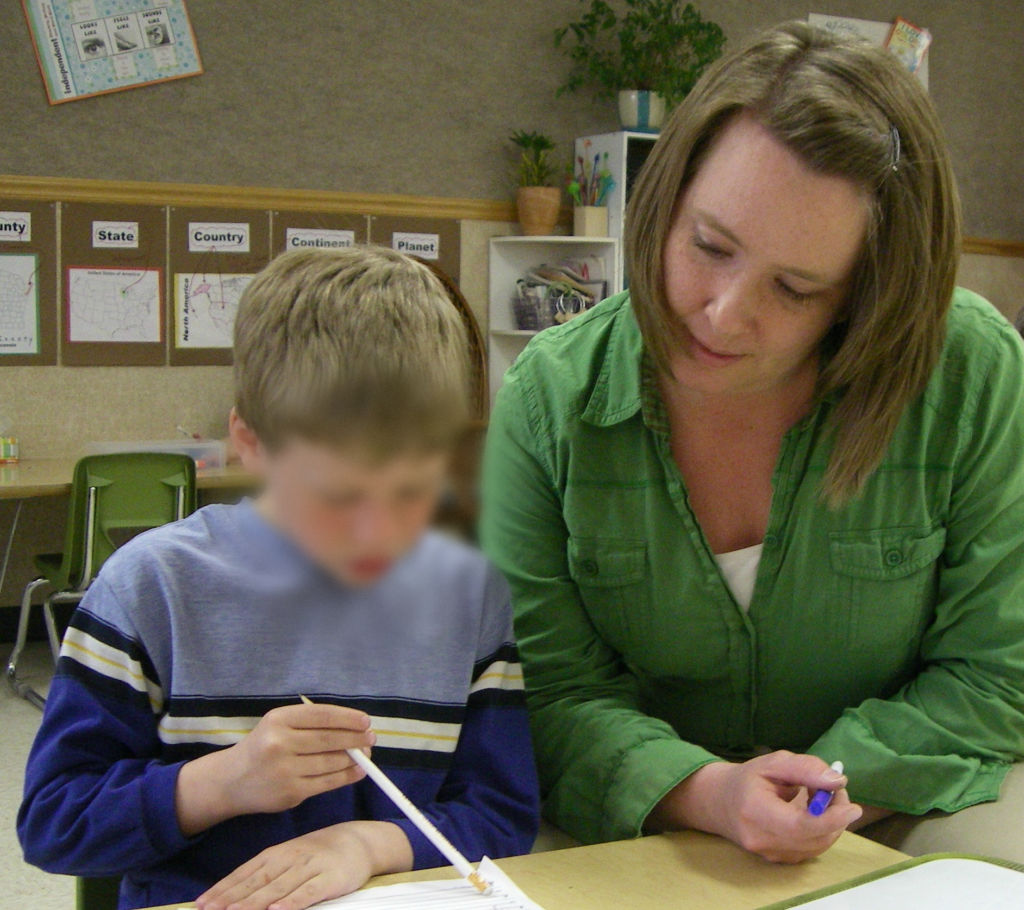
Secondly, I track weekly progress. Using a spreadsheet, I evaluate whether goals have been meet and which skills are still developing. I do this both on my own and with students.
![]()
The data is helps me to identify individual student growth goals, as well as focus areas for our future mini lessons. In the photo above, you can see a {fictional} sample spreadsheet that I use to keep track of data. In this particular data sample {fictional}, I tracked one week’s worth of writing to establish student goals (four days for this particular week). The numbers in the middle of the spreadsheet, under each skill goal, reflect the number of days skill goal weren’t met. The numbers in the orange row at the bottom reflect how many instances a particular goal was not met. The numbers in the orange column on the right reflect how many instances a student was challenged overall by evaluated skills. These numbers help me to identify which students need the most attention and which skill area needs the most attention (as well as which students should be in which guided writing workshop groups). I then used the data to create new student writing checklists. These checklists serve as a reminder for students, after they glue them to their paper.
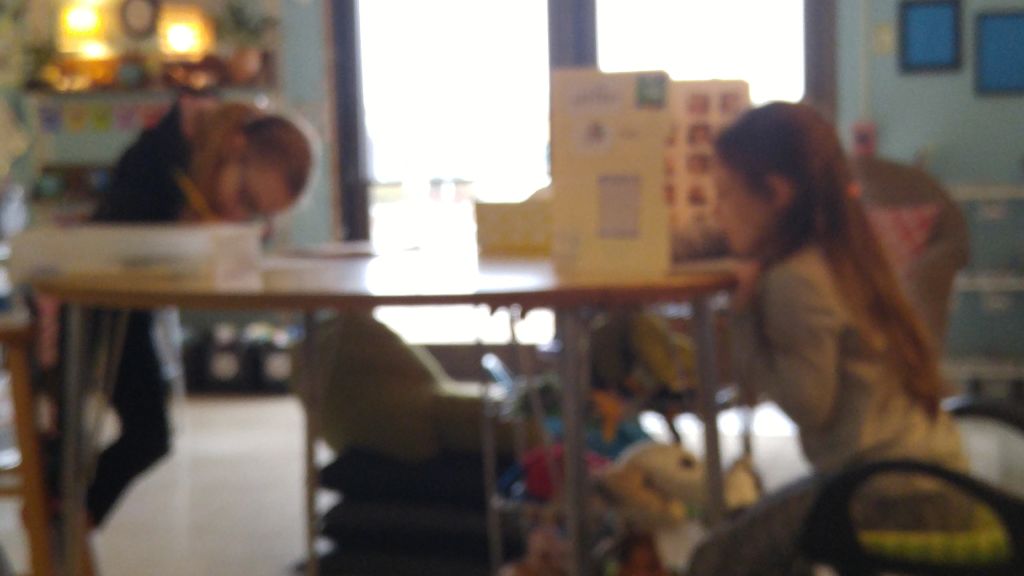
One of the wonderful things about personalized learning is that students get what they need, when they need it. You’ll notice that the personalized goals my students have in the photo below, include skills that were not originally on the checklist created by my class. Through our continual reflection on their current skills set during writer’s workshop, my students and I are able to identify additional goals for their personalized checklist.
At this point in the year my students are presenting varied skills and needs. Personalizing their lists makes sense! If I were to still have an editing sheet that every student used, and if the checklist were to include every student’s needs, the checklist would be very tedious to use.
As students begin to take ownership over many of the skills that have been presented, skills drop off their personalized checklist. Additionally, other skills that could use attention pop up as my students and I confer and reflect on their progress. Some of the skills that show up on personalized checklists include:
- header (name, date, and checklist on paper)
- topic sentence
- detail sentences (2 or more)
- conclusion sentence
- digging deeper (descriptive sentences)
- capitalization
- spacing
- punctuation
- time management
- hearing and recording sounds in words
- rereading to check for missing words
- letter formation (specific letters)
- reversals
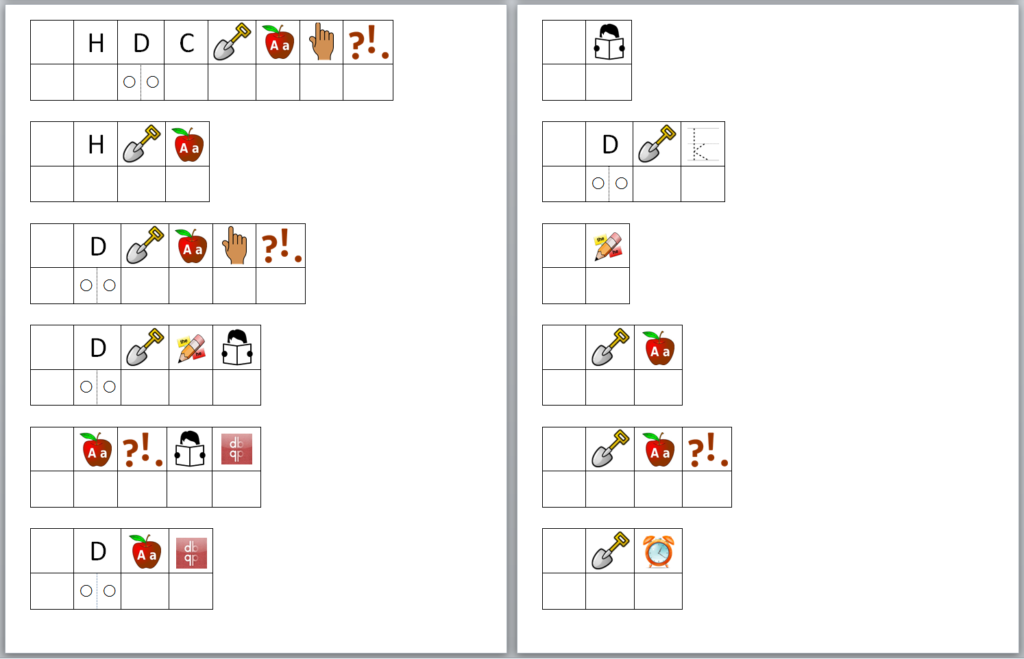
We start our writing workshop with a mini lesson. The focus is always on what the majority of students need. I use the data I’ve collected to determine the focus for the week’s mini lessons. Lately my students have needed mini lessons in writing descriptive sentences and/or writing complex sentences.
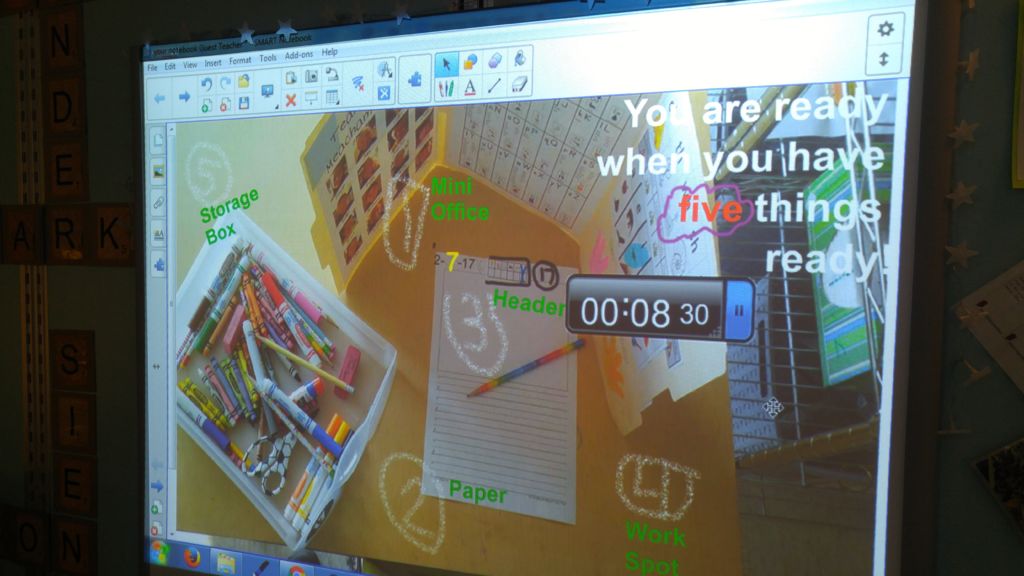
Once the mini lesson is over, students set up their work space. I’ve had a flexible seating classroom for years, which means students self-select where they work and with whom they work. Part of their set up routine is to grab their “header” (checklist) and start writing as soon as possible.
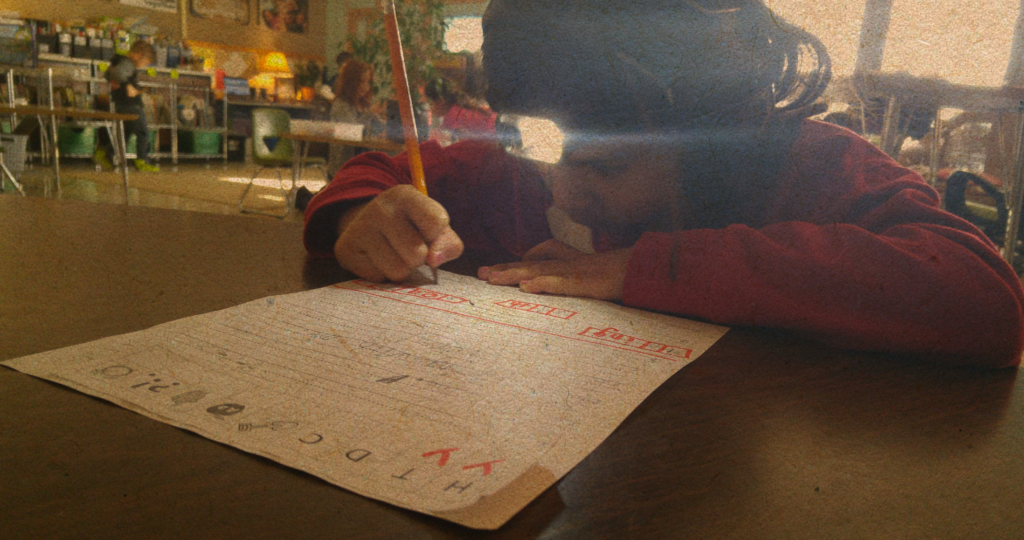
As they do this, I make my way to the guided writing table (also our guided math and guided reading table). Students know if they are a part of the group because we share what the focus for the guided writing table will be. When they are there, they receive help and assistance as they independently write. They ask me for help when they feel they need an extra set of eyes on their work. Or, sometimes I jump in and offer guiding questions. Rather than pointing out areas to improve, I may ask, “have you capitalized the beginning of every sentence?” Guiding questions prompt them to take a peek at their writing with the question in mind and to locate possible areas needing editing/revision.
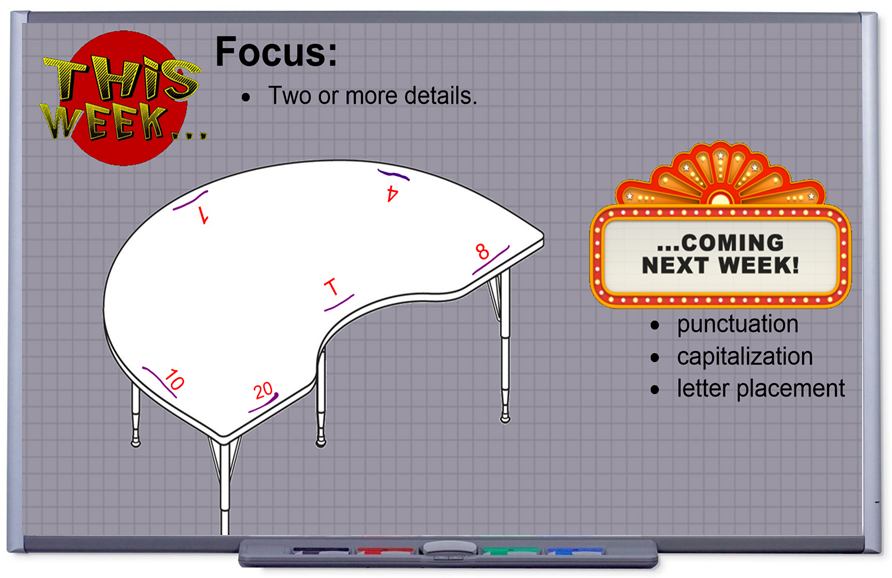
Every day my students ask me if I’ve had time to read their piece and check it for skill progression. They know that if they can show growth, their writing checklist will change the following week. We have a class goal that we try to achieve daily for writing. Our current class goal is – “14 out of 20 students will meet their goals.” The class goal challenges us to put forth our best effort and meet every skill goal that appears our checklists. I give my students feedback through the use of a simple annotation on their sheet. Students who wish to confer with me about their writing piece may do so upon request, or I may initiate a conference. I use a star, check mark, and smile face to communicate with my students whether they’ve met all or some of their skill goals, or if I need clarification on something.

There’s more I wish to write, but this post is long enough! Until next time…


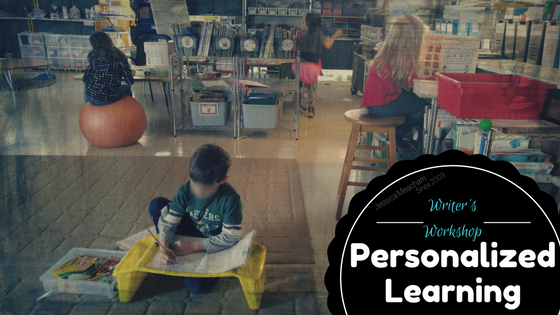

2 Comments
Love the checklist for tracking skill mastery and personalizing learning!
They do come in handy! My students love them too…helps them to better understand the rubric/expectations!